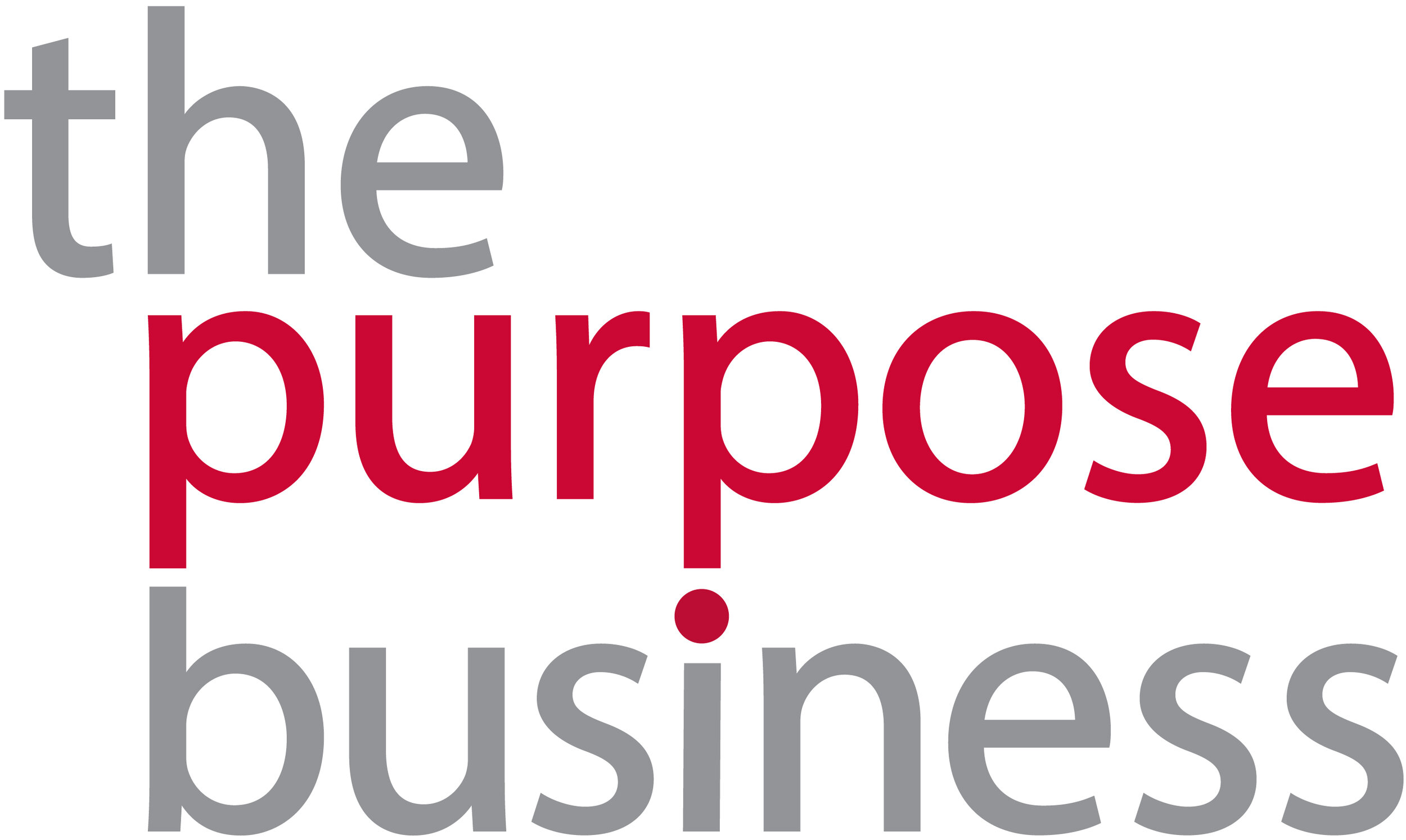What is plastic, really?
Dr Merrin Pearse answers the question ‘what is plastic?’
The word ‘plastic’ has a number of different meanings to different people. It can mean:
the function/form of a material such as flexible
made from oil
has a chemical structure based on the resin it is made from
whether and it biodegrades or breaks down in nature (Read TPB’s explainer on the issues of plastic labelling)
How to identify plastics
A common way to identify a plastic when it has been made into a product is through the Resin Identification Code (RIC) manufacturers place on products. These often look like triangle symbols with a number inside. Though there are a couple of different systems which can make things confusing.
RIC codes – originally designed as a triangle with chasing arrows, the symbols they use are now triangles with no arrows – they are used to identify the resin the product was made from according to the international standard ASTM D7611
The Standardization Administration of the People’s Republic of China (SAC) has defined material codes for different types of plastics with codes from #1-#140. The codes for 1-6 are the same as the RIC codes.
European Union has packaging marker codes which look like the RIC codes – 3 chasing arrows in the shape of a triangle – that identify more than just plastic packaging they also include paper, glass and metals.




